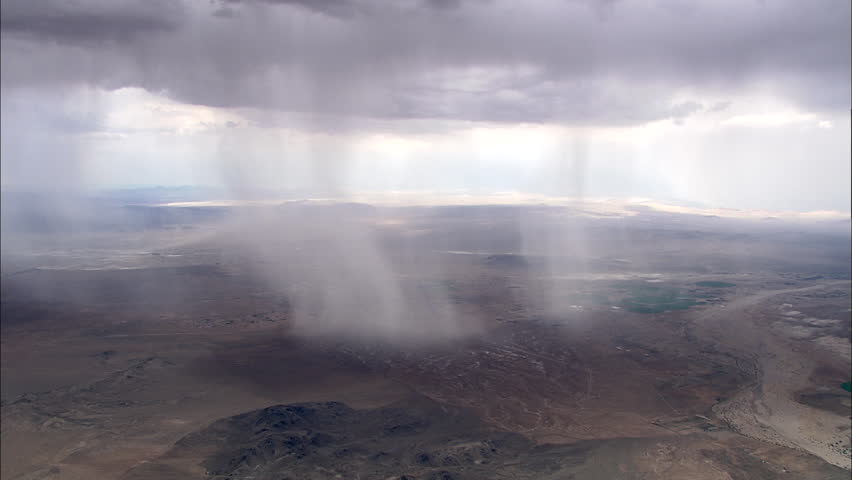Is it correct that I can just fly through rain showers as long as visibility and ceilings are VFR? I had always thought that was the way to do it until someone shared with me that VFR includes clear of rain showers also.
I see no mention of rain anywhere here sir!
https://www.law.cornell.edu/cfr/text/14/91.155
(a) Except as provided in paragraph (b) of this section and § 91.157, no person may operate an aircraft under VFR when the flight visibility is less, or at a distance from clouds that is less, than that prescribed for the corresponding altitude and class of airspace in the following table:

(b)Class G Airspace. Notwithstanding the provisions of paragraph (a) of this section, the following operations may be conducted in Class G airspace below 1,200 feet above the surface:
(1)Helicopter. A helicopter may be operated clear of clouds in an airport traffic pattern within 1/2 mile of the runway or helipad of intended landing if the flight visibility is not less than 1/2 statute mile.
(2)Airplane, powered parachute, or weight-shift-control aircraft. If the visibility is less than 3 statute miles but not less than 1 statute mile during night hours and you are operating in an airport traffic pattern within 1/2 mile of the runway, you may operate an airplane, powered parachute, or weight-shift-control aircraft clear of clouds.
(c) Except as provided in § 91.157, no person may operate an aircraft beneath the ceiling under VFR within the lateral boundaries of controlled airspace designated to the surface for an airport when the ceiling is less than 1,000 feet.
(d) Except as provided in § 91.157 of this part, no person may take off or land an aircraft, or enter the traffic pattern of an airport, under VFR, within the lateral boundaries of the surface areas of Class B, Class C, Class D, or Class E airspace designated for an airport -
(1) Unless ground visibility at that airport is at least 3 statute miles; or
(2) If ground visibility is not reported at that airport, unless flight visibility during landing or takeoff, or while operating in the traffic pattern is at least 3 statute miles.
(e) For the purpose of this section, an aircraft operating at the base altitude of a Class E airspace area is considered to be within the airspace directly below that area.
[Doc. No. 24458, 56 FR 65660, Dec. 17, 1991, as amended by Amdt. 91-235, 58 FR 51968, Oct. 5, 1993; Amdt. 91-282, 69 FR 44880, July 27, 2004; Amdt. 91-330, 79 FR 9972, Feb. 21, 2014; Amdt. 91-330A, 79 FR 41125, July 15, 2014]


